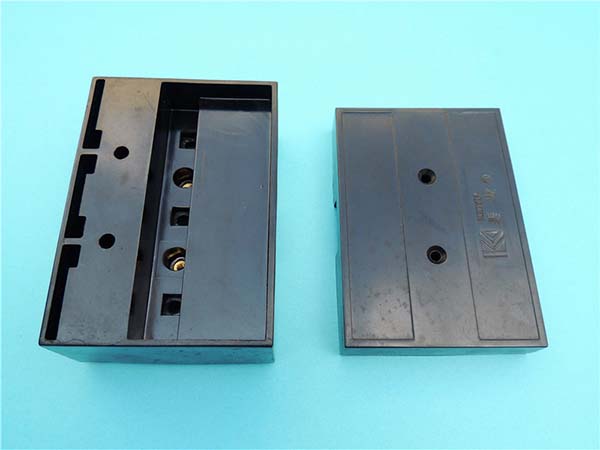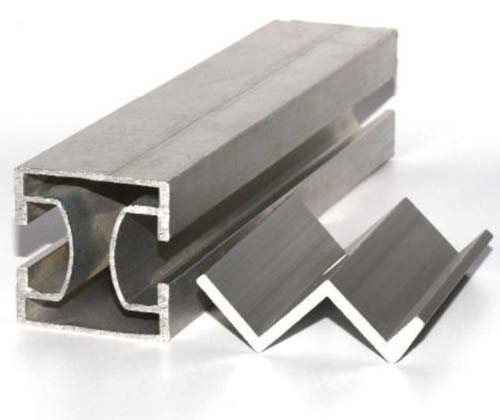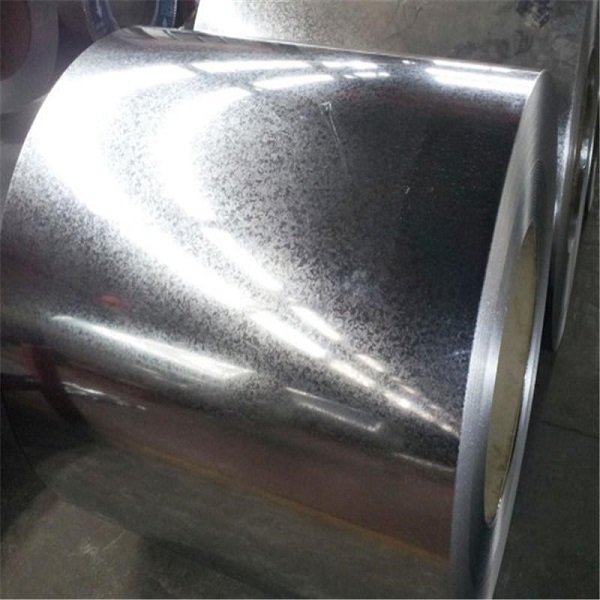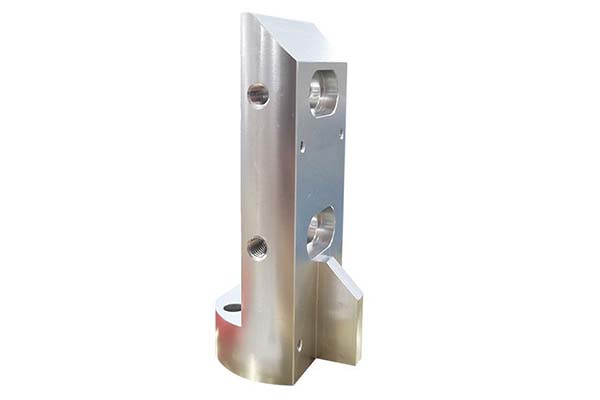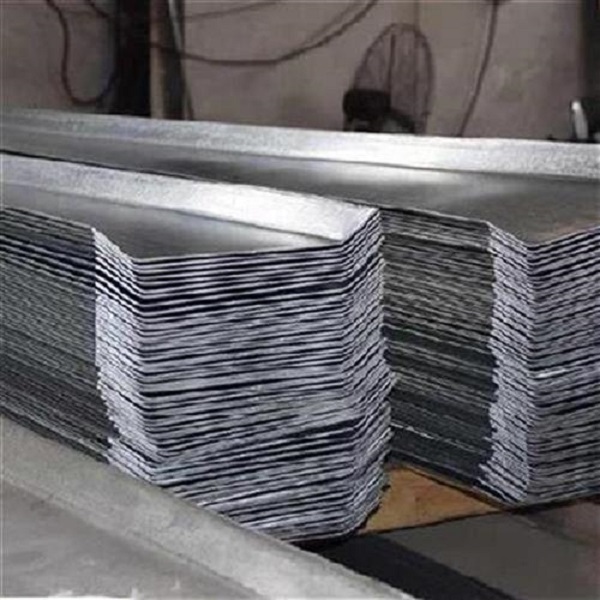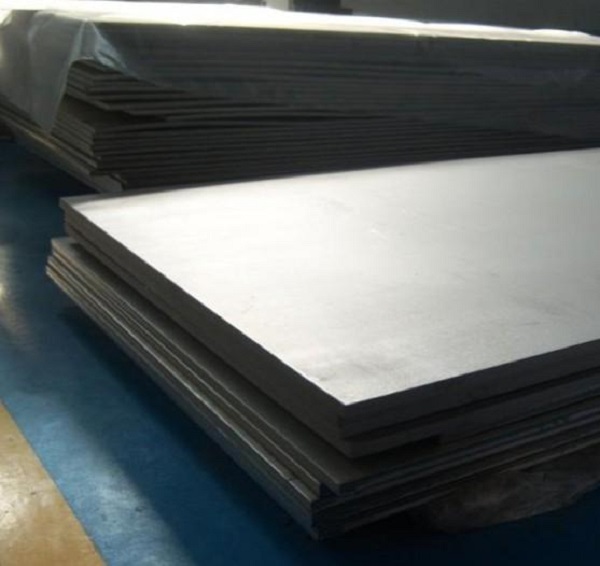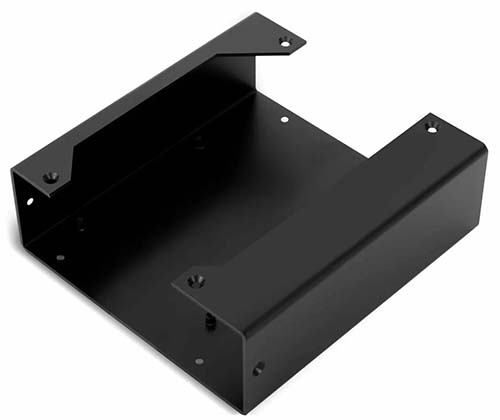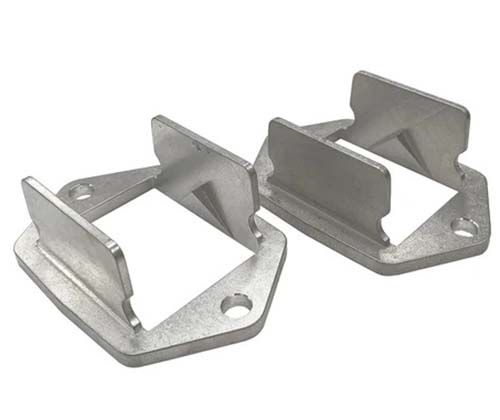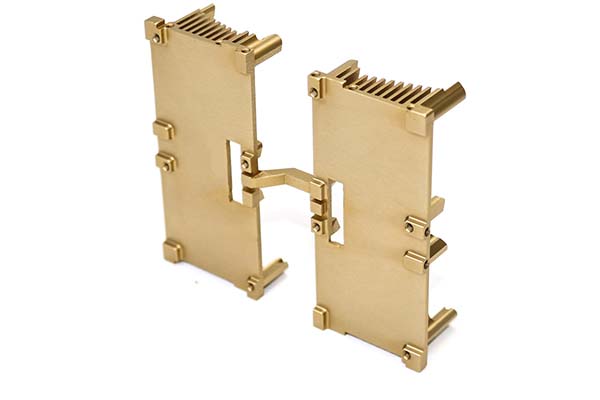What is Sheet Metal Gauge?
Definition
Sheet metal gauge is a standardized way to measure the thickness of sheet metal. In the world of manufacturing, construction, and various engineering applications, understanding the thickness of sheet metal accurately is crucial. Thinner gauges are often used for applications where weight needs to be minimized without sacrificing too much on strength, such as in the aerospace industry for aircraft components. Thicker gauges, on the other hand, are essential for applications that require high strength and durability, like in heavy - duty machinery or large - scale building structures. For example, a gauge number is inversely related to the thickness of the sheet metal. A lower gauge number indicates a thicker sheet, while a higher gauge number means a thinner one.
Common Gauge Systems
- American Wire Gauge (AWG): Widely used in the United States, especially in the electrical and automotive industries. In the electrical field, AWG is used to specify the thickness of wire conductors which are often made of sheet - like metal layers in some high - performance cables. For example, in a car's wiring system, different components may require wires of different AWG gauges. Smaller gauge wires (higher AWG numbers) are used for low - power components like interior lights, while larger gauge wires (lower AWG numbers) are needed for high - power components such as the starter motor.
- Birmingham Wire Gauge (BWG): Also known as Stubs' Iron Wire Gauge, it has historical usage in the United Kingdom and some parts of Europe. It is often used in applications related to metalworking, especially for non - ferrous metals in some traditional manufacturing processes. For instance, in the production of certain types of decorative metalwork in the UK, BWG might be used to specify the thickness of copper or brass sheets.
- Comparison of Usage: In international markets, the AWG system has more widespread usage in modern industries due to the influence of the US in global manufacturing standards, especially in high - tech and automotive sectors. However, BWG still persists in some specialized and traditional manufacturing areas in Europe.
How is Sheet Metal Gauge Measured?
?
Tools for Measurement
Accurate measurement of sheet metal gauge requires specialized tools. Micrometers are precision instruments widely used in the industry. They work on the principle of a screw mechanism. For example, in a common micrometer, when the thimble is rotated, the spindle moves linearly, allowing for very precise measurements. A standard micrometer can measure down to 0.01 mm or even smaller increments, which is crucial for gauging thin sheets of metal accurately.
Thickness gauges are another type of tool. There are different kinds, such as ultrasonic thickness gauges. These use ultrasonic waves to measure the thickness of the sheet metal. The ultrasonic waves travel through the metal and are reflected back from the opposite surface. By measuring the time it takes for the waves to travel and return, the thickness can be calculated accurately. They are especially useful for measuring the thickness of large sheets or when access to only one side of the sheet is possible, like in some industrial pipelines made of sheet metal.
Measurement Process
The measurement process is critical to obtaining accurate sheet metal gauge readings. First, the location of measurement matters. For a rectangular sheet of metal, measurements should be taken at multiple points, such as at the four corners and the center. This is because the thickness of sheet metal may vary slightly across its surface due to manufacturing processes.
It's also important to take multiple measurements at each location and then calculate the average. For instance, take three measurements at each selected point. This helps to reduce errors caused by surface irregularities or any minor inaccuracies in the measurement tool. Before measurement, the tool must be properly calibrated. Calibration ensures that the tool is providing accurate readings. For a micrometer, this may involve checking its zero - point accuracy against a known standard.
When using a thickness gauge, make sure the surface of the sheet metal is clean and free from any coatings or contaminants that could affect the measurement. For example, if there is a layer of paint on the sheet, it should be removed in the area where the measurement is to be taken to get an accurate reading of the metal thickness itself.
Relationship between Gauge and Sheet Metal Properties
Thickness and Strength
The gauge number of sheet metal has an inverse relationship with its thickness. For example, in the AWG system, a 10 - gauge sheet metal has a thickness of approximately 0.1345 inches, while a 20 - gauge sheet metal has a much thinner thickness of about 0.0329 inches. This difference in thickness has a significant impact on the strength of the sheet metal.
As a general rule, thicker sheet metal (lower gauge numbers) is stronger. In construction, when building the structural framework of a large industrial building, 14 - gauge or 12 - gauge steel sheets are often used for load - bearing components. These thicker sheets can withstand greater forces, such as the weight of the building itself, wind loads, and snow loads. In contrast, thinner sheet metal (higher gauge numbers) is less strong but is suitable for applications where less strength is required. For instance, 22 - gauge aluminum sheets are commonly used for making lightweight ductwork in heating and cooling systems. Since the ductwork doesn't need to bear heavy mechanical loads, the thinner and more lightweight 22 - gauge aluminum can be used, which also helps in reducing installation costs due to its easier handling.
Formability
Formability refers to how easily the sheet metal can be shaped through processes like bending, stretching, or rolling. Different gauge sheet metals have varying formability characteristics.
Thinner gauge sheet metals (higher gauge numbers) are generally more formable. For example, when creating intricate decorative metalwork, 20 - gauge or 22 - gauge copper sheets are often preferred. These thin sheets can be easily bent into complex curves and shapes without cracking. In the production of small - scale metal art pieces, the high formability of thin - gauge copper allows artists to create detailed and delicate designs.
On the other hand, thicker gauge sheet metals (lower gauge numbers) are more difficult to form. When working with 8 - gauge or 6 - gauge steel sheets, a significant amount of force is required to bend or stretch them. In the manufacturing of heavy - duty truck frames, which are made from thick - gauge steel, special high - power presses and advanced forming techniques are needed. These thick - gauge steel sheets can maintain their shape and structural integrity under the high - stress conditions experienced by the truck during operation, but their lower formability requires more complex manufacturing processes compared to thinner - gauge counterparts.
Yigu Technology's Viewpoint
As a non - standard plastic metal products custom Supplier, Yigu Technology understands the significance of sheet metal gauge in product customization. Precise control of sheet metal gauge is crucial. For example, in the production of custom - made metal enclosures, choosing the right gauge ensures the enclosure has the appropriate strength to protect internal components while also being lightweight enough for easy installation and transportation.
With years of experience, we have successfully handled various gauge sheet metals. Our advanced manufacturing techniques allow us to work with both thin - gauge metals for delicate components and thick - gauge metals for heavy - duty applications. We can offer customized solutions based on specific project requirements, ensuring high - quality products that meet and exceed customer expectations in terms of gauge - related specifications.
FAQ
Q1: How do I convert between different sheet metal gauge systems?
Conversion between different sheet metal gauge systems can be complex due to the differences in standards. For example, to convert between American Wire Gauge (AWG) and Birmingham Wire Gauge (BWG), you can use online conversion calculators such as those available on engineering tool websites. These calculators usually require you to input the gauge number in one system, and they will provide the equivalent gauge in the other system. Another option is to refer to conversion charts. Many metalworking handbooks or industry - related websites offer detailed conversion charts that list the equivalent thicknesses and gauge numbers for different systems side - side. For instance, if you want to convert a 12 - gauge AWG sheet metal to BWG, you can look up the value in a reliable conversion chart to find the approximate equivalent BWG gauge.
Q2: What gauge of sheet metal is best for a DIY project?
The choice of sheet metal gauge for a DIY project depends on the nature of the project. For a simple DIY project like making a small decorative metal box, a 20 - gauge to 22 - gauge sheet metal would be suitable. These gauges are relatively thin, which makes them easy to cut, bend, and shape using basic hand tools. They are also lightweight, which is convenient for small - scale projects. If you're working on a DIY project that requires more strength, such as building a small - scale workbench frame, a 14 - gauge to 16 - gauge sheet metal would be a better choice. These thicker gauges can provide the necessary structural integrity to support the weight and stress associated with the workbench.
Q3: Can I use a thicker gauge sheet metal instead of a thinner one for more strength?
Yes, you can use a thicker gauge sheet metal for more strength, but there are other factors to consider. Thicker sheet metal is indeed stronger. For example, in a roofing project, using a thicker gauge of metal roofing sheets can increase the durability and lifespan of the roof, as it can better withstand harsh weather conditions. However, thicker sheet metal comes with a higher cost. The price of sheet metal generally increases with thickness due to the higher amount of material required. Thicker sheet metal is also more difficult to work with. It requires more powerful tools for cutting, bending, and shaping. For instance, bending a 6 - gauge sheet metal would need a heavy - duty hydraulic press, while a 20 - gauge sheet metal could be bent with a simple hand - held bending tool. So, while thicker gauge sheet metal offers more strength, you need to balance it with cost and your available resources for processing.
